Speaking at the conference, Prof. Dr. Architect Nguyen Quoc Thong said that up to now, the country has 916 urban areas, with an urbanization rate of 44.3%, while in 1990 there were only 500 urban areas, with an urbanization rate of approximately 22%. In urban areas, some typical plans have been evaluated as successful. In Ho Chi Minh City, there are the Ho Chi Minh City Master Plan, Phu My Hung New Urban Area, Thu Thiem New Urban Center (Sasaki Asokiates 2003); in Hanoi, there are the Hanoi Capital Master Plan, Vinhomes Riverside Urban Area, Nhat Tan - Noi Bai Detailed Plan, etc.
Professor Thong said that current architecture includes several trends: International modern architecture, tropical architecture, national modern architecture, indigenous modern architecture and green architecture. In which, indigenous modern architecture and green architecture are the architecture of the future. Green architecture is an architectural trend that causes less harm to the environment and has been formed and developed in the world since the late 1980s. In the 2000s, green architecture began to be introduced to Vietnam.
Vietnam currently has about 650 green buildings, of which the North accounts for 45%, the Central region accounts for 5%, the remaining 50% of green buildings are in the Southern provinces, of which Binh Duong has 92 projects and Ho Chi Minh City leads the country with 107 projects. "Green architecture has become the main orientation in the design of civil and public works today," said Architect Nguyen Song Hoan Nguyen (Ho Chi Minh City University of Architecture).
Architect Tran Khanh Trung (Vice President of the Ho Chi Minh City Architects Association) assessed that over the past 50 years, the city has undergone many changes in terms of architecture. From a city with only a few high-rise buildings 50 years ago, there are now more than 1,500 buildings ranging from a few dozen to a few hundred meters high.
Architect Pham Van Phuoc (HCMC Architects Association, HCMC Institute of Urban Planning) spoke more specifically about the 50-year journey of planning and developing HCMC from 1975 to 2025. From a city bearing the scars of war, facing countless difficulties of the post-war subsidy period, the city has grown strongly, becoming a dynamic metropolis, deeply integrated with the region and the world.
"This 50-year journey is not only a story about the changing face of the city with high-rise buildings, modern bridges, or bustling industrial parks; but also a story about planning thinking and tireless efforts in shaping development space, creating living, working and investment environments," said Architect Phuoc.
Four stages in the planning field in Ho Chi Minh City
According to Architect Phuoc, the planning of Ho Chi Minh City is divided into 4 stages. The 1975 - 1985 stage is to overcome difficulties and lay the foundation. The 1986 - 2000 stage is to innovate, open up, integrate and make breakthroughs. In 1988, the policy of establishing a master plan for the renovation and construction of the city was approved. In January 1993, the general planning project for Ho Chi Minh City construction to 2010 was approved by the Prime Minister. This is the first official master planning project after the country's reunification, determining the goal of building Ho Chi Minh City into a major economic, cultural, scientific and technical center of the country.
The period 2001 - 2020 is to upgrade the urban area and face challenges. This period continues to witness important achievements of the city: Phu My Hung new urban area of 2,600ha connected to Nguyen Van Linh avenue, 17.8km long, 120m wide (1996 - 2007); Vo Van Kiet avenue and Thu Thiem tunnel (1997 - 2009) 21.9km long is the main road connecting the East - West of the city; Hanoi Highway (2018); Saigon 2 bridge (2013); Nguyen Huu Canh street (2002); Thu Thiem urban area (from 2012 to present) is the expanded center of the existing center connected by a bridge and a tunnel across the Saigon River...
The period 2020 - 2025 is the period towards a global, sustainable and adaptive city. According to Architect Phuoc, the city's expected population by 2060 is 16 - 20 million people. He reviewed the initial achievements of this period: Timely issuance of legal documents to implement Resolution 98; completion and putting into use Metro Line 1; a series of strategic projects have been started such as Ring Road 3 project, Ho Chi Minh City - Moc Bai expressway, Metro Line 2 project (Ben Thanh - Tham Luong). In addition, there are other key projects such as the Tham Luong - Ben Cat canal - Nuoc Len canal, Xuyen Tam canal, Tan Son Nhat airport, Terminal T3, pedestrian bridge across Saigon river...
In addition, Architect Phuoc also pointed out some limitations that need to be overcome: planning is behind or does not keep up with development practices, lacks synchronization and connection; some approved plans lack plans and accompanying investment resources, leading to "suspended" planning, lack of long-term vision, low feasibility; the quality of some planning projects is still limited...
Source: https://baophapluat.vn/hoi-thao-kien-truc-viet-nam-50-nam-dat-nuoc-thong-nhat-post546033.html



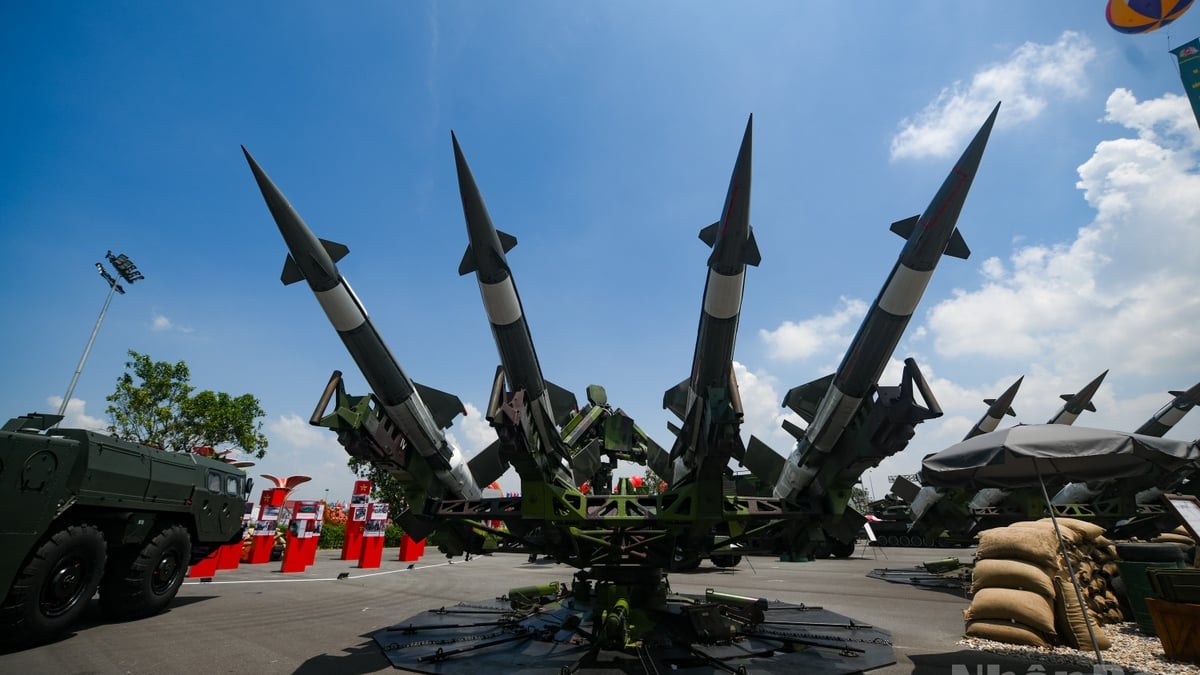


![[Photo] Hanoi is ready to serve the occasion of the 80th National Day Celebration on September 2nd](https://vphoto.vietnam.vn/thumb/1200x675/vietnam/resource/IMAGE/2025/8/29/c838ac82931a4ab9ba58119b5e2c5ffe)
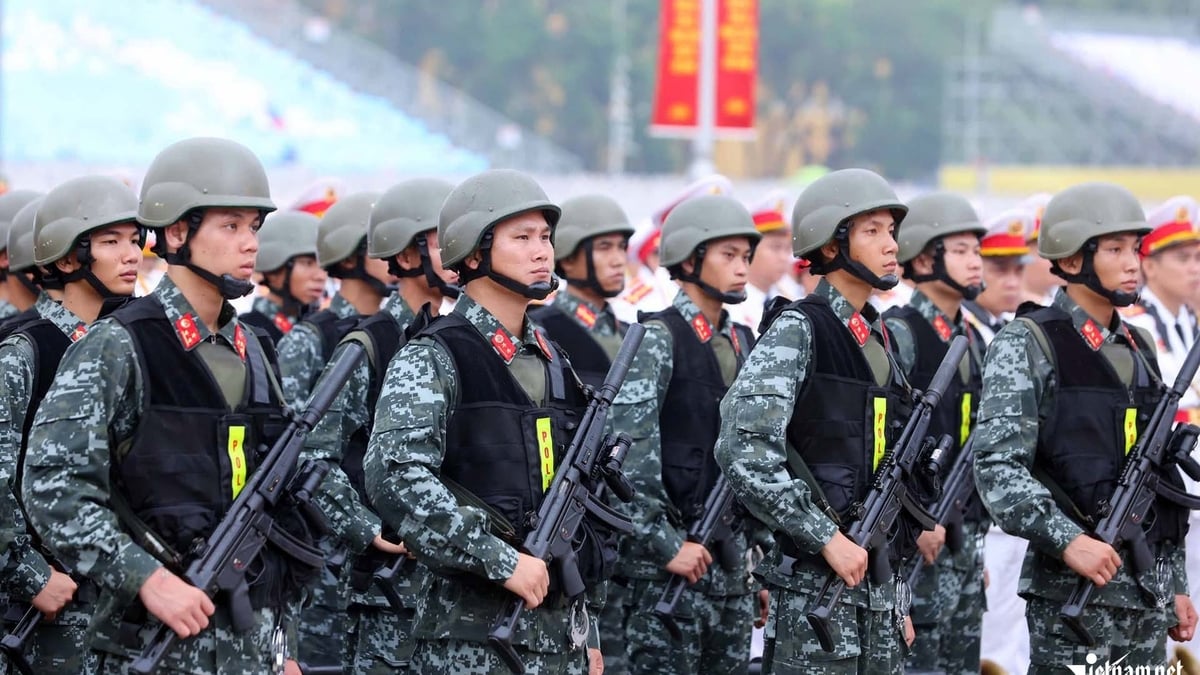
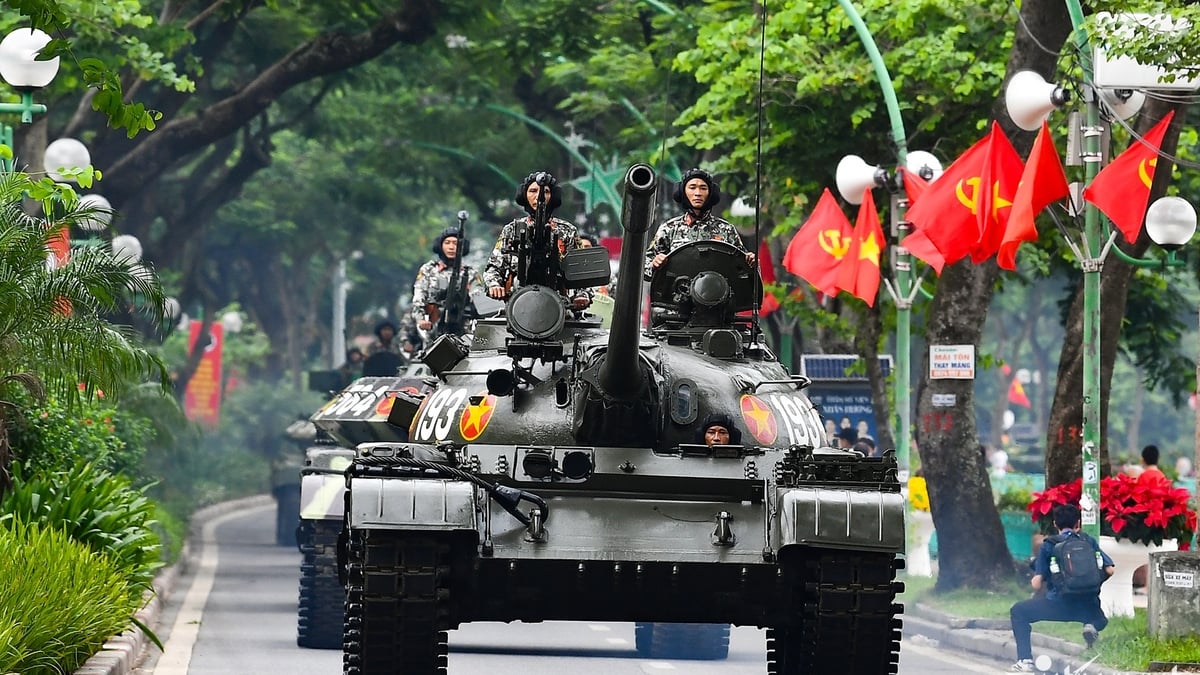
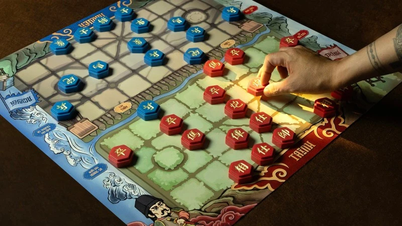

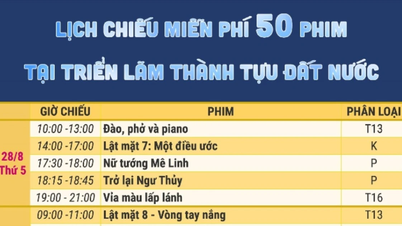



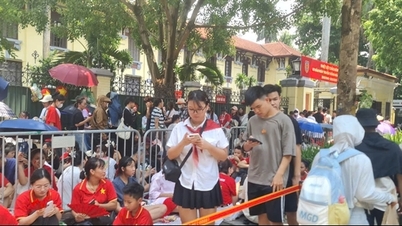



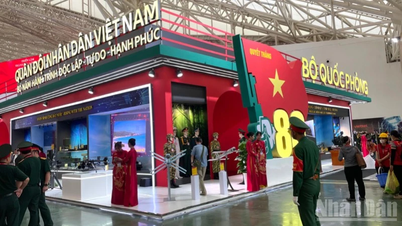





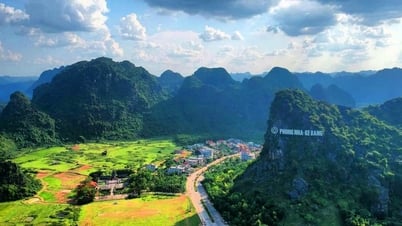

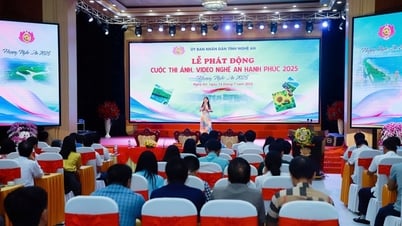



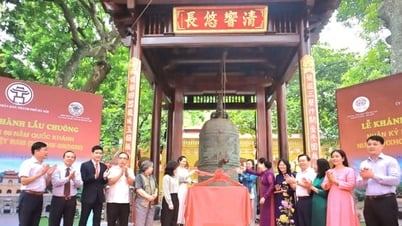



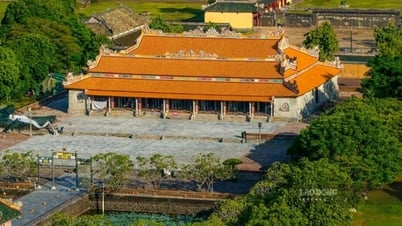

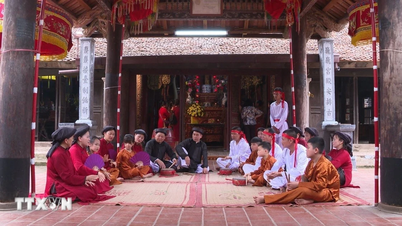

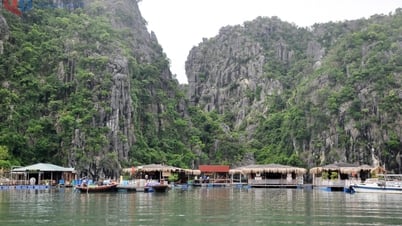

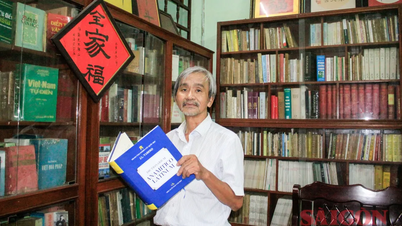







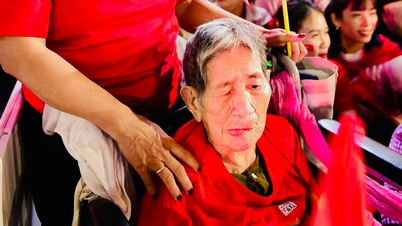

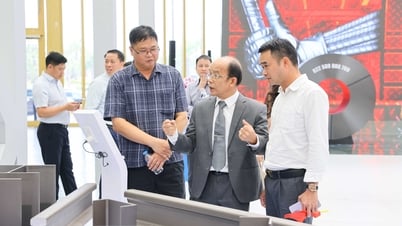
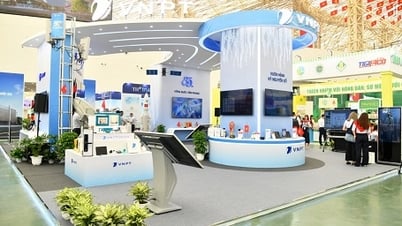
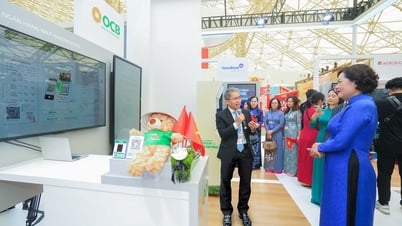
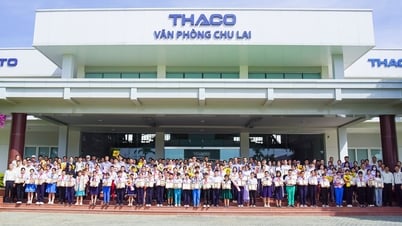


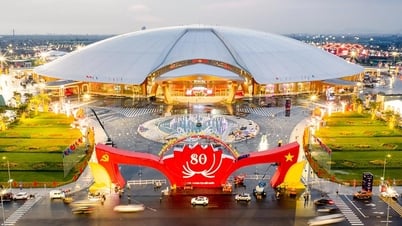







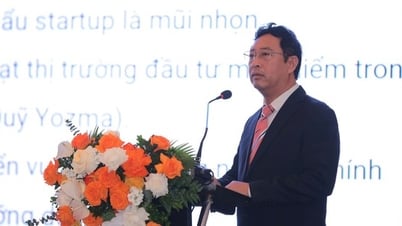

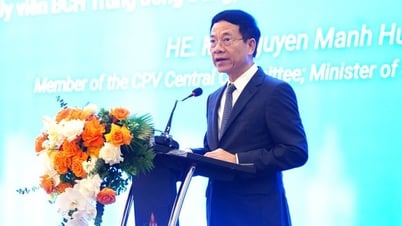

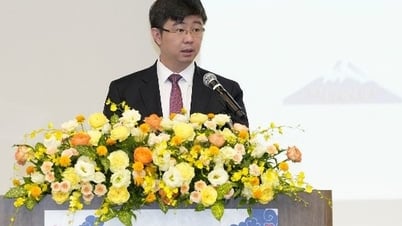
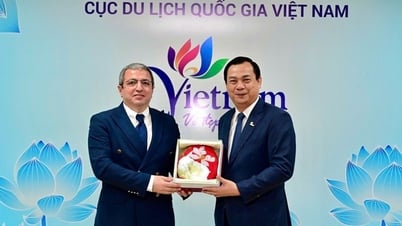




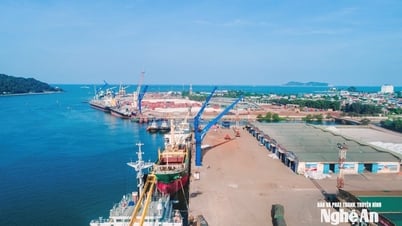

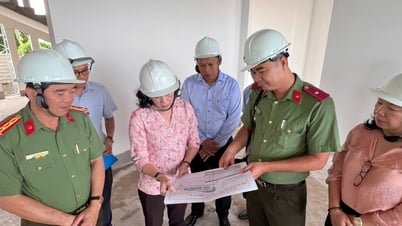

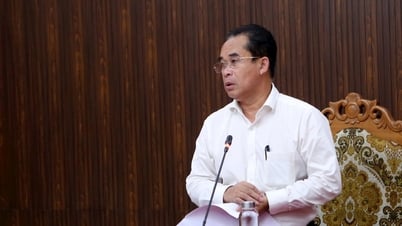


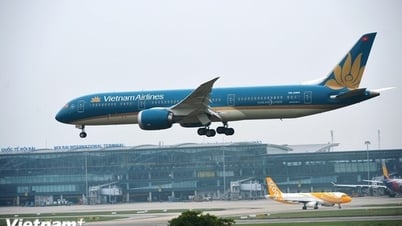
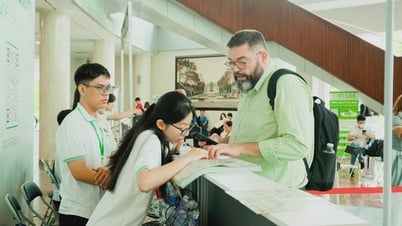
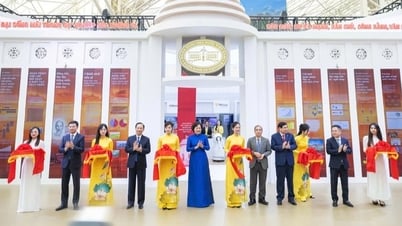








Comment (0)